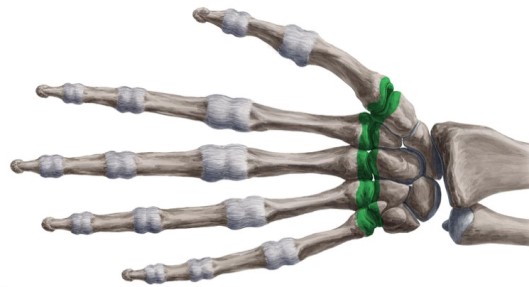- There are three types of muscles, located at various parts of the body.
- In order to function all use energy in form of ATP.
- These include smooth, skeletal and cardiac muscles.

Types of Muscles - Image Courtesy
Smooth Muscle (Involuntary Muscles)
- These are spindle-shaped and contain filaments with myofibrils.
- Each muscle is bound by plasma membrane.
- They are found lining internal organs such as alimentary canal, bladder, and blood vessels.
- They are controlled by involuntary part of the nervous system.
- They are concerned with movement of materials along the organs and tubes.
- They contract slowly and fatigue slowly.
Skeletal Muscle (striated or voluntary muscle)
- Skeletal muscles are striated and have several nuclei.
- They are long fibres each containing myofibrils and many mitochondria.
- They have cross-striations or stripes.
- They are also called voluntary muscles because the contraction is controlled by voluntary nervous system.
- They are surrounded by connective tissue and are attached to bones by tendons.
- Their contraction brings about movement of bone, resulting in locomotion.
- They contract quickly and fatigue quickly.
Cardiac Muscle
- Consist of a network of striated muscle fibres connected by bridges
- Are short cells with numerous mitochondria and uninucleate.
- They are found exclusively in the heart.
- Contractions of cardiac muscles are generated from within the muscles and are rhythmic and continuous hence they are myogenic.
- They do not tire or fatigue.
- The rate can be modified by involuntary nervous system.
- Their contractions result in the heart pumping blood.
Role of muscles in movement of the human arm
- Muscles that bring about movement are antagonistic, i.e. when one set contracts the other relaxes.
- Antagonistic muscles of human forelimb.
- The biceps muscles of the forelimb act as flexors while the triceps muscles act as extensors.
- The biceps has its point of origin on the scapula and the point of insertion on the radius.
- The triceps has its points of origin on the scapula and humerus and is inserted on the ulna.
- When the muscles contract, the limb acts as a lever with the pivot at the joint.
- Contraction of biceps muscles bends (flexes) the arm while contractions of triceps extends the arm.








